For as long as I can remember, I’ve loved astronomy.
When I was 5, I was fascinated how the moon seemed to follow me no matter where I walked in my backyard.
In grade school, I waited eagerly for field trips to the downtown planetarium, remembering them as the highlight of my school year.
In high school—because I was a nerd—I got a membership at the local observatory.
In college, I worked as a stargaze instructor for the university.
Now, as a homeschooling dad, I’ve taught astronomy to nearly every grade level our local homeschool co-op.
I don’t know many kids who aren’t interested in astronomy. On second thought, I don’t know many people who aren’t interested in astronomy. Human beings seem to have a natural fascination with sky.
As homeschool parents, we can use this natural curiosity our kids have as a bridge to an unforgettable year of learning.
Basic Astronomy: The Essentials
A well-balanced astronomy curriculum should involve the following elements:
- Observation: Regular (weekly) time under the open sky, taking notes about what they see
- Sky Instruction: Teaching about positions and motions of the heavenly bodies
- Bible Study: Learning about where the Scriptures and astronomy intersect
- Literature: Reading classic texts that touch on astronomy themes
- Mythology: Learning the mythologies behind the various names of constellations and planets
Here are creative ways to cover all these areas.
1. Observation
If our kids are going to study astronomy, they need to spend time outdoors looking up. Nothing else will give our kids as firm a grasp of the objects in the sky.
Here are some basic activities you can plan throughout the year.
a. Meridian Observation:
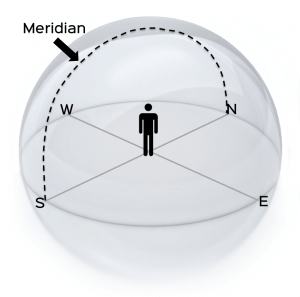
Pick a good spot to observe the sky from your yard (with as little trees and houses in the way as possible). Find due south and due north. If it helps, put some markers on the ground—a spot for your child to stand and sticks or rocks that mark these cardinal directions.
If you live in the northern hemisphere, have your child go out each week and face the south. If you live in the southern hemisphere, have your child go out each week and face the north. Using drawing paper, have them draw the constellations they can see. Have them note on their paper where the meridian is using a dashed line.
If they go out at the same time of night once a week, they will observe how the constellations slowly shift positions through the sky.
b. Pole Observation:
The north pole of the earth points to the star Polaris (at the end of the handle of the Little Dipper), and the south pole points to a constellation called the Southern Cross. The objects at the polls stand still in the sky throughout the night while the other objects revolve around it throughout the night.
If you live in the northern hemisphere, have your child find Polaris, and if you live in the southern hemisphere, have your child find the Southern Cross. One evening, have your child go out an hour after it gets dark and draw the constellations they see around the pole. Then have them go out an hour later and draw it again. Then have them get up about an hour before sunrise and do the same thing. Have your child compare the drawings so they begin to see how the constellations move through the sky.
c. Moon Phases
Find out when the next New Moon is, and about 3 or 4 days later, have your child go outside around sunset to draw the moon. Have them note exactly where the moon is in the sky, the shape of the moon (i.e. the phase it is in), and the horizon line (complete with trees, housetops, etc.). The next night have them stand in the same spot at sunset and draw it again. Have them repeat this every evening until it is a Full Moon.
The next day, have your child start going out at sunrise in the same position. Have them draw the moon each morning until the next New Moon.
This will show kids all the phases of the moon and the way the moon shifts positions in the sky each night.
2. Sky Instruction
You will need to give your child some clear instruction about how the heavens move. Here are some great tools to do that.
a. Playing with the Sky (Virtually)
Have your child play around with Stellarium. It is the best online planetarium I’ve come across (and it’s free). You can look at the sky from any location on Earth, at any day or time. Turn the constellation patterns on and off and hover your mouse over specific stars and planets to find out their names.
Pair use of this website with the outdoor observation activities mentioned above to help your student find the stars.
b. Signs & Seasons (textbook)
Signs & Seasons is the best textbook I’ve found to learn about the motions of the heavenly bodies. Assign readings from this book to give your student a richer understanding of why the heavens move the way they do.
3. Bible Study
Christian parents will want to make sure to approach the subject of astronomy from a Biblical perspective. There are many astronomical facts that really help students to understand Scriptures better. Below are some interesting concepts you could cover.
- Have students study Genesis 1:14-19, listing out the reasons why God created the lights in the heavens.
- Have students study the lunisolar calendar used by the ancient Hebrews (Leviticus 23). How did the Israelites determine their months and years?
- Have students study constellations mentioned in the Book of Job (specifically 9:8-10 and 38:31-33). What constellations and star formations are mentioned?
- Have students study the poem in Amos 5:1-17, especially the climax of the poem in v.8-9. What constellations are mentioned here? Why would God use these in the message of this poem?
- Why does Jesus liken Himself to the planet Venus in Revelation 22:16—the bright and morning star?
- Have students study the stories of sun standing still in Joshua 10 or the reverse of Ahaz’ sundial in Isaiah 38. Have them explain what must have happened astronomically for these miracles to occur.
- Have students study the various theories behind the identity of the Star of Bethlehem in Matthew 2.
4. Literature
Many ancient and medieval authors wove astronomy into classic works on literature. Depending on the age of your student, assign specific works of literature and have students study the various astronomy concepts mentioned in them.
- Phaenomena, by Aratus – This famous poem written in the 3rd century B.C. is one of the earliest sources we have for traditional constellations. In ancient times, nearly every educated Greek and Roman was familiar with this poem. It is even quoted by the Apostle Paul in Acts 17:28.
- On the Heavens, by Aristotle – As one of the greatest philosophers of all time, Aristotle’s influence on western culture was enormous. His great work on astronomy, On the Heavens, was a standard text used throughout ancient history and the middle ages.
- The Dream of Scipio, by Cicero – This great Roman orator was a contemporary of Julius Caesar. He was also a student of the Stoic astronomer Posidonius, and his education shows in his writings. His poem, The Dream of Scipio, is a combination of Roman theology and astronomy, and was an important source for later works of literature. In 400 A.D., Macrobius’ commentary on his work also became a classic.
- Paradiso, by Dante – Dante Aligheri trilogy, The Divine Comedy, is considered the greatest work of medieval literature. In the last work, Paradiso, Dante describes the ascent of the soul through the various heavenly spheres.
- Dialogue of the Two Chief World Systems, by Galileo – Galileo Galilei was the first to use a telescope to study the stars. Based on the influence of Copernicus, Galileo became convinced the earth revolved around the sun (not the other way around). He got in trouble for publishing this book because it was believed he was making fun of the Pope for advocating a geocentric universe.
5. Mythology
The stories of the constellations are some of the most enjoyable ideas in the study of astronomy. Seeing a variety of pictures and patterns in the sky, many ancient cultures used the sky as a canvas to tell the stories of their own gods, heroes, and villains.
Using a variety of sources, have your student pick 3 or 4 constellations each season—Fall, Winter, Spring, and Summer—and write a short paper about the stories behind each one. Here are several good sources for this.
- Star Lore: Myths, Legends, and Facts
- The New Patterns in the Sky: Myths and Legends of the Stars
- Star Myths of the Greeks and Romans: A Sourcebook
Your Kids Can Learn Astronomy!
If your child loves learning about the stars, they will love Experience Astronomy.
We cover so much in these full-school-year online courses. Students learn about…
- How to identify major constellations
- Ways astronomy connects to fascinating stories in history, literature, folklore, archaeology, and the Bible
- The amazing world of interstellar space—stars, galaxies, black holes, and exoplanets
- How ancient people used astronomy to tell time, create calendars, and navigate the globe
Best yet: I do all the teaching for you through fun, engaging online videos and hands-on activities.

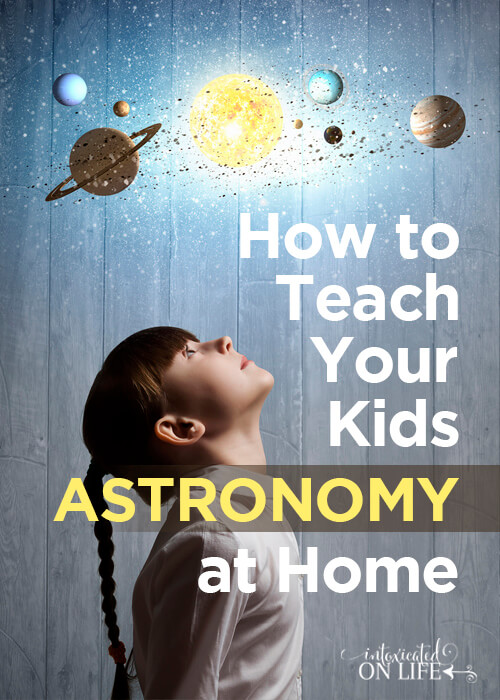
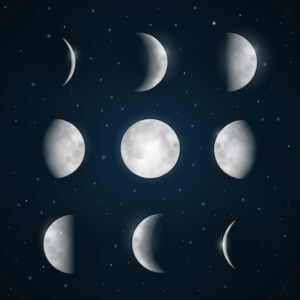
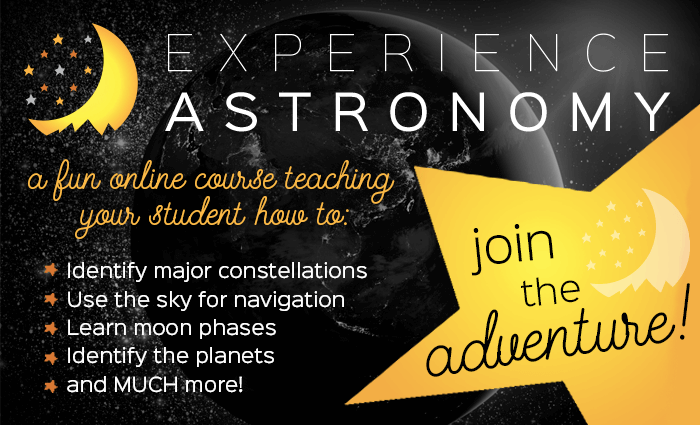
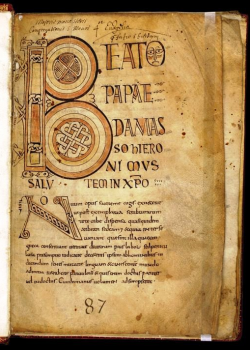

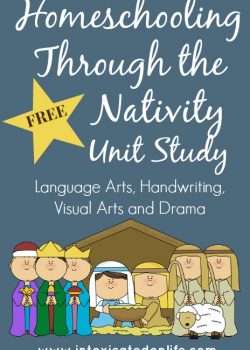


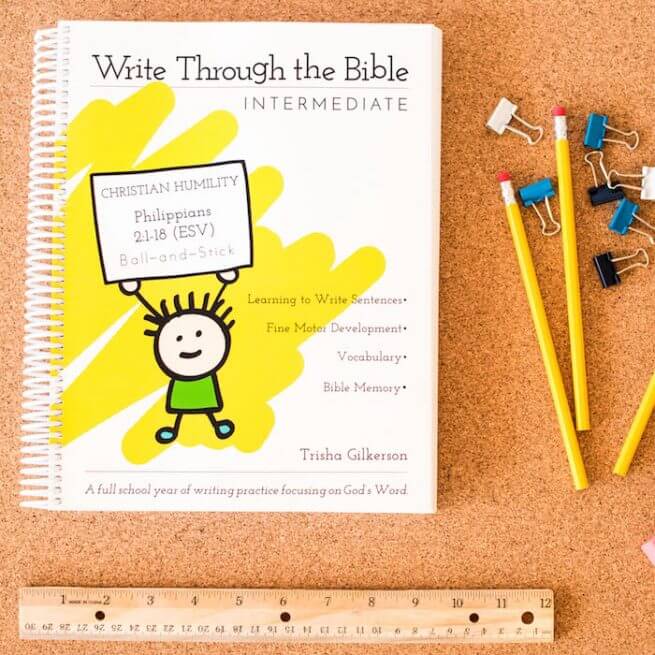
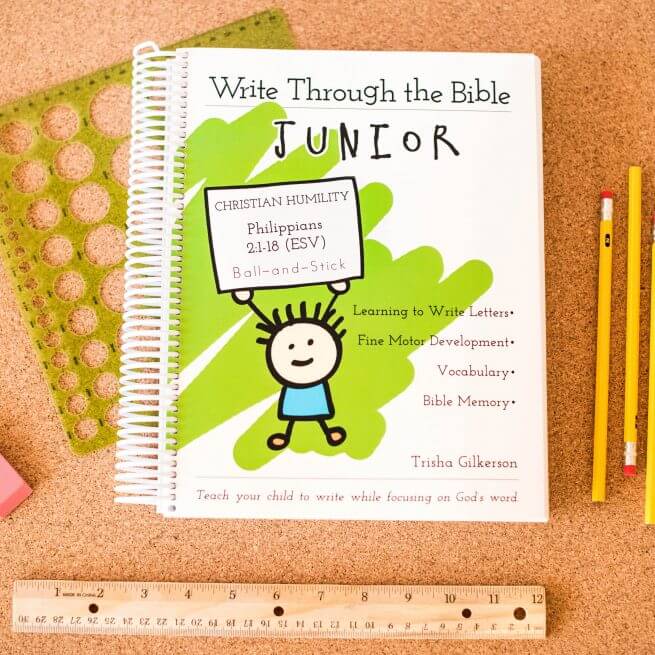
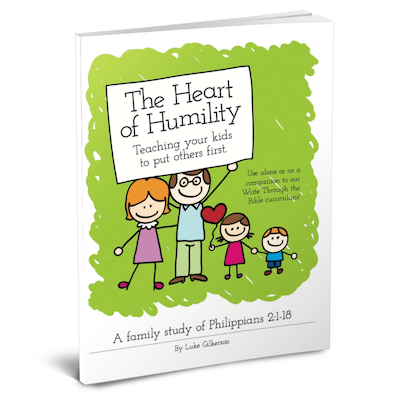

This is a fantastic reminder to me. We are soon moving to a less urban place so I’m hoping we can get our telescope out and start using it on a regular basis.
Thank you for sharing–even though we don’t homeschool full-time, I do small, interest-lead family unit studies throughout the year and this fits perfectly with my plans for this summer!
Glad this will fit into your plans nicely!